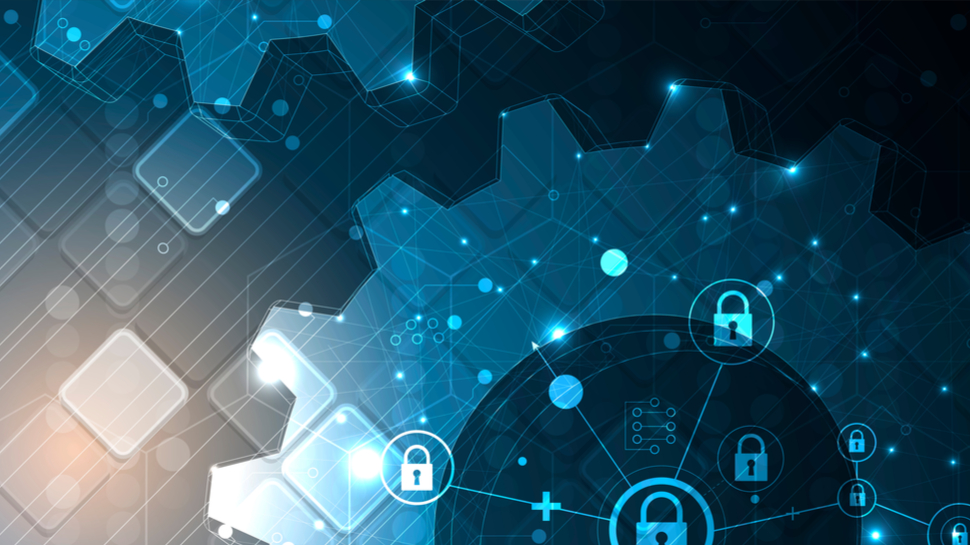Building a security-first framework against evolving cyberthreats
Building a security-first framework against evolving cyberthreats for 2025 and beyond

As the UK's network and cloud security market evolves at an unprecedented pace, businesses face a barrage of sophisticated cyber threats and tightening regulations.
Connectivity across IT infrastructure has created an enormous attack surface for organizations of all sizes, meaning that cyber risk is undoubtedly a business risk at every level.
The era of selling security products as an add-on is over; managed service providers must now redefine their role from purely IT consultants and suppliers of managed services to indispensable security partners, delivering true, measurable cyber resilience.
Virtual CTO at Espria.
This presents a huge opportunity for the channel. With UK businesses becoming increasingly and acutely conscious of security postures, many are realizing their lack of resources to act upon it.
SMEs are playing catch-up on issues they should have prepared for years in advance, grappling with limited budgets, lack of specialist talent and even lingering hope and a false sense of security – “we’re too small to target, it won’t happen to us.”
This perception could not be more wrong. SMEs are, in fact, low-hanging fruit for automated threats and opportunistic actors that don’t care about a security sob story. A significant breach is not just a minor inconvenience; it is an existential threat.
However, with the right MSP and a security-first approach, business leaders can bridge the gap, going beyond simple compliance checklists to actively reduce risk and protect business continuity.
Sign up to the TechRadar Pro newsletter to get all the top news, opinion, features and guidance your business needs to succeed!
Security can no longer be an afterthought
Where in the past, security was considered merely an important consideration, today it must be the priority – a central pillar of service delivery, integral to everything.
Becoming a true security-first partner begins with a radical internal transformation, and that in itself demands not just a technical adjustment but a shift in culture and mindset.
Ensuring that businesses stay ahead of cyber threats demands a move away from legacy toolsets towards a standardized, modern architecture, including Zero Trust, Managed Detection and Response and automation.
Businesses need a services partner who knows how to invest in greater proactive monitoring and threat neutralization capabilities, stunting potential attacks before they can become critical issues.
Harnessing AI as a force multiplier and embracing it across the channel as a practical tool for democratized security is critical as well.
AI should be used as a tool to empower analysts, automate remediation and aid in predicting vulnerabilities to complement the skills of human threat hunters.
Through this, currently underserved SMEs can access enterprise-grade, cost-effective security to scale.
The only viable defense: automated, intelligent and proactive
Incident management has reached a point where managing the sheer volume of security alerts generated by modern IT environments is no longer sustainable. For a human-only team, it is impossible to manage effectively, often leading instead to analyst burnout and threats slipping through the cracks.
Investment in a dedicated automation team, aligned with Cloud Adoption frameworks, is crucial at this stage. Those who can shift their mindset to delivering resilience across their security approach are the ones who scale fastest.
A business’s investment must be targeted at building a proactive defense. Deploying intelligent MDR solutions, through partnerships with Sophos or similar security experts, can go beyond just flagging anomalies but also actively neutralize threats before they become critical issues. This focus on intelligent, proactive defense is a direct response to the modern threat landscape.
From AI-driven threats and supply chain vulnerabilities to the rise of Ransomware-as-a-Service (RaaS), allowing cyber actors to literally outsource their own attacks, businesses need to feel armed with tools providing better efficiency, fewer false positives, and more value for partners choosing the right managed services partner.
From compliance to the cloud, reseller to resilience partner
The demand for robust MDR, Secure Access Service Edge (SASE) offerings and compliance-driven solutions is not a future trend. With growing regulations and necessary certifications raising the stakes for what businesses need to offer and cover, such as with NIS2 and Cyber Essentials Plus, businesses need security-as-a-service models that can guarantee continuous compliance.
Yet we can’t get complacent and stop there. Cloud security, AI-driven threat response and managed identity and access management are key areas of growth. In the hybrid world of work, identity and access are the new perimeter. Securing the present and building future capabilities of the defenses of the future is key.
For channel businesses, the knowledge gap is the biggest challenge to overcome. Alongside embedding security in every service and investing in automation, this means committing to continuous education for both internal teams and clients as the foundation of a true security-first culture.
Many still view security as a complex, standalone discipline rather than something that should be baked into all IT services, taking a 'secure by design' approach. An expert must challenge and educate that mindset.
Businesses need a trusted partner who keeps them safe, compliant and operational in an ever-changing threat landscape. Stop simply selling products and start delivering resilience.
We've featured the best online cybersecurity course.
This article was produced as part of TechRadarPro's Expert Insights channel where we feature the best and brightest minds in the technology industry today. The views expressed here are those of the author and are not necessarily those of TechRadarPro or Future plc. If you are interested in contributing find out more here: https://www.techradar.com/news/submit-your-story-to-techradar-pro
Virtual CTO at Espria.
You must confirm your public display name before commenting
Please logout and then login again, you will then be prompted to enter your display name.